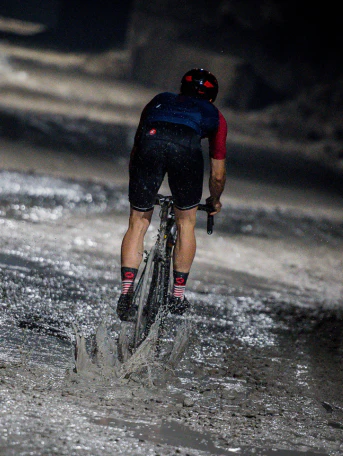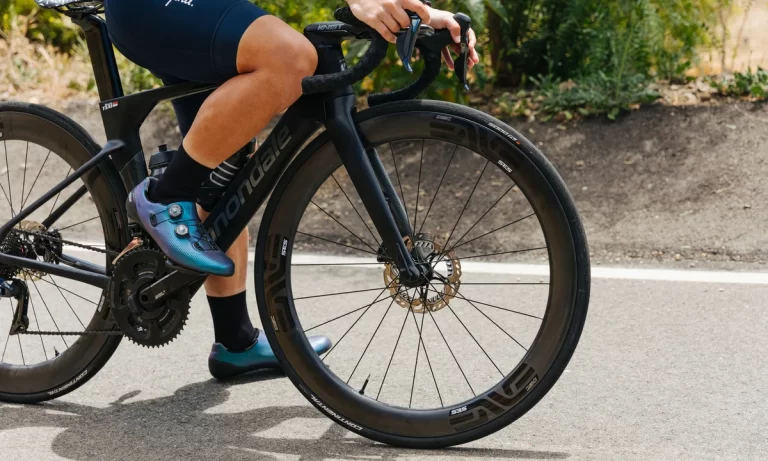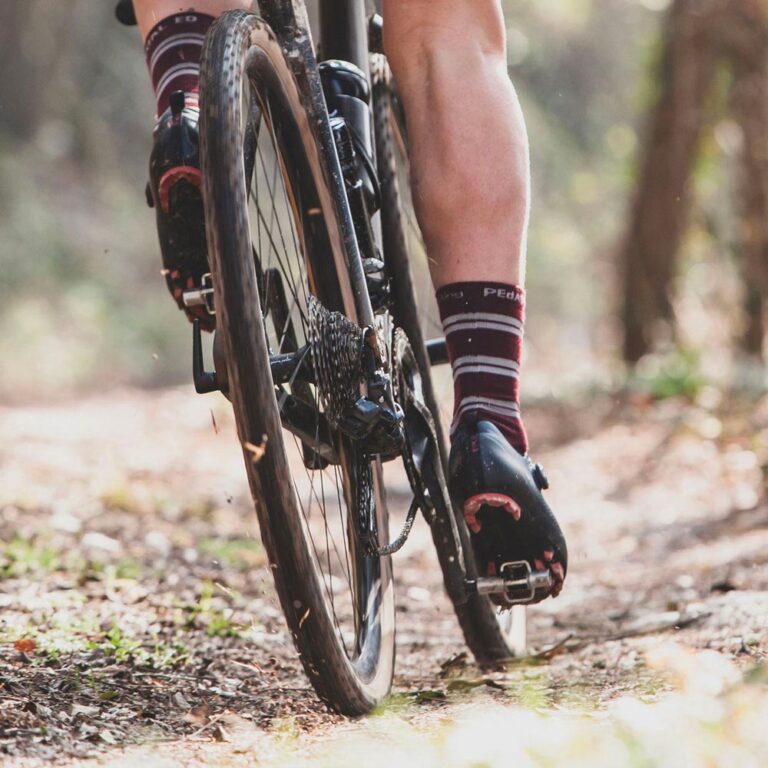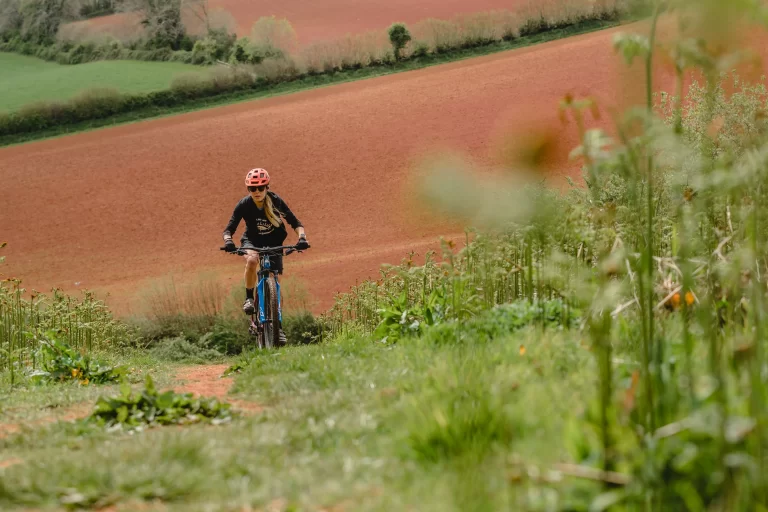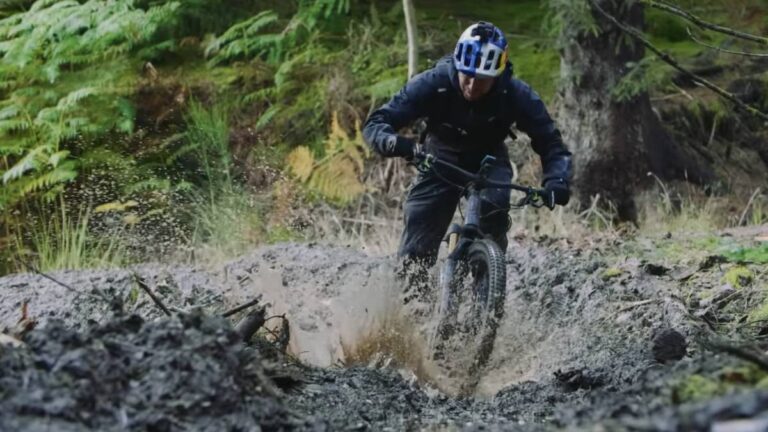Harnessing the Wind: Aerodynamic Features of Gravel Bike Tires
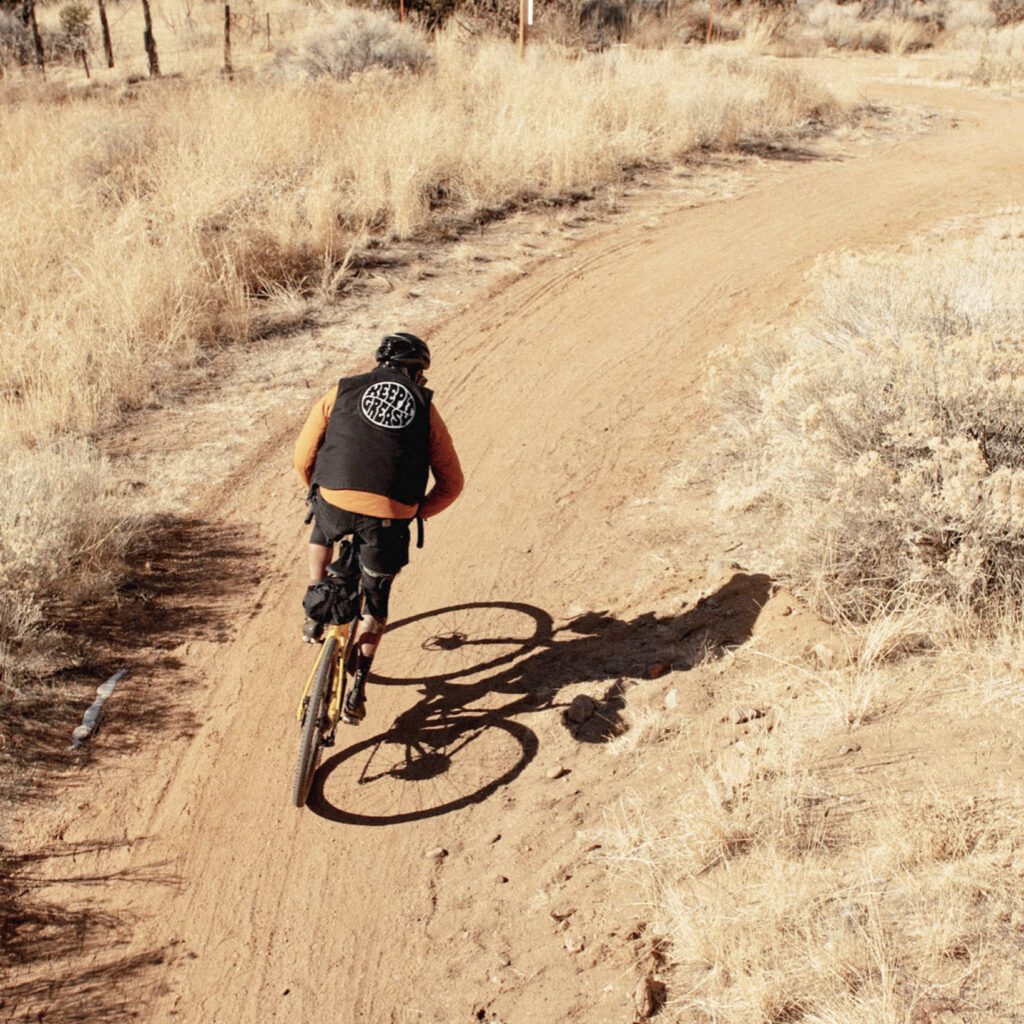
Key Point Summary of Aerodynamic Features of Gravel Bike Tires:
- Aerodynamics in Gravel Biking: While often overlooked, aerodynamics plays a crucial role in gravel biking, affecting speed and efficiency.
- Tire Width and Profile: Wider tires common in gravel biking can increase air resistance, but certain tire profiles can help minimize drag.
- Tread Pattern: The design of the tread pattern can influence aerodynamics, with smoother patterns typically offering less resistance.
- Pressure and Surface Contact: Tire pressure affects the tire’s contact with the ground and can indirectly impact aerodynamics by altering rolling resistance.
- Balancing Aerodynamics with Traction and Comfort: While aerodynamics is important, finding a balance between traction and comfort is crucial for optimal performance in gravel biking.
Throughout my journey as a cyclist, traversing terrains on mountain, gravel, and cyclocross bikes, I’ve developed a nuanced understanding of how equipment choices, down to the tires we ride on, can significantly impact our performance. Gravel biking, a discipline that blends the lines between road and off-road cycling, presents unique challenges and opportunities, particularly when considering the aerodynamics of gravel bike tires. This article aims to shed light on the aerodynamic features of gravel bike tires and how they can influence your ride.
A Closer Look at Aerodynamics
The concept of aerodynamics in cycling is often associated with sleek road bikes and time-trial helmets. However, even in gravel biking, where the paths are rougher and the speeds might not reach the dizzying highs of road racing, aerodynamics plays a significant role. It’s about reducing air resistance or drag, which can make pedaling easier and increase your efficiency, especially on longer, flatter sections of a route.
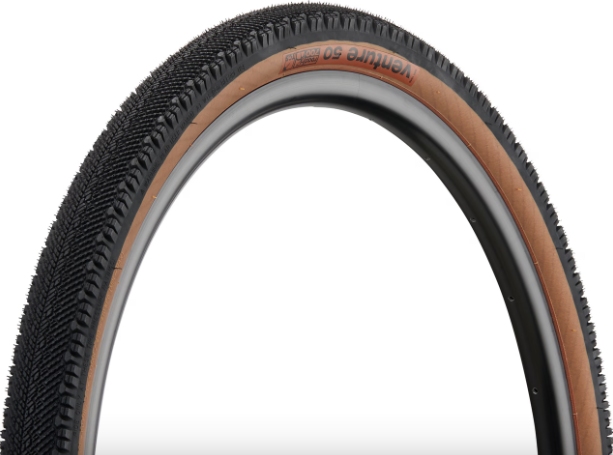
Tire Width and Profile
Gravel bike tires are wider than their road counterparts, a design choice that enhances stability and grip on unpredictable surfaces. However, this increased width can also lead to greater air resistance. Some tire manufacturers have addressed this by designing tires with more aerodynamic profiles, such as slightly rounded or tapered edges, to help air flow more smoothly around the tire, thereby reducing drag.
Tread Pattern
The tread pattern on a gravel tire is essential for providing traction on loose or slippery surfaces. Yet, it’s also a factor in aerodynamics. Tires with a more aggressive tread pattern can catch more air, increasing resistance. On the other hand, tires with a tighter, smoother tread can reduce drag, making them more aerodynamic. The challenge lies in finding a tread pattern that offers a balance between necessary traction and aerodynamic efficiency.
Pressure and Surface Contact
While not directly an aerodynamic feature, tire pressure plays a crucial role in how a tire performs, including its aerodynamic properties. Lower pressure increases the tire’s contact area with the ground, which can improve traction but also increase rolling resistance. Conversely, higher pressure reduces the contact area, potentially lowering rolling resistance but at the cost of traction and comfort. The right pressure can help ensure that the tire’s interaction with the ground doesn’t unnecessarily hinder your speed.
Balancing Act
In my years of cycling, I’ve learned that every equipment choice is a compromise between competing factors. When it comes to gravel bike tires, aerodynamics is just one piece of the puzzle. On one memorable ride, I opted for tires that were designed with aerodynamics in mind, featuring a smoother tread pattern and a more tapered profile. While I noticed an improvement in speed on long, open stretches, the tires struggled to provide sufficient grip on loose gravel climbs and technical descents, reminding me of the importance of balancing aerodynamics with other performance aspects.
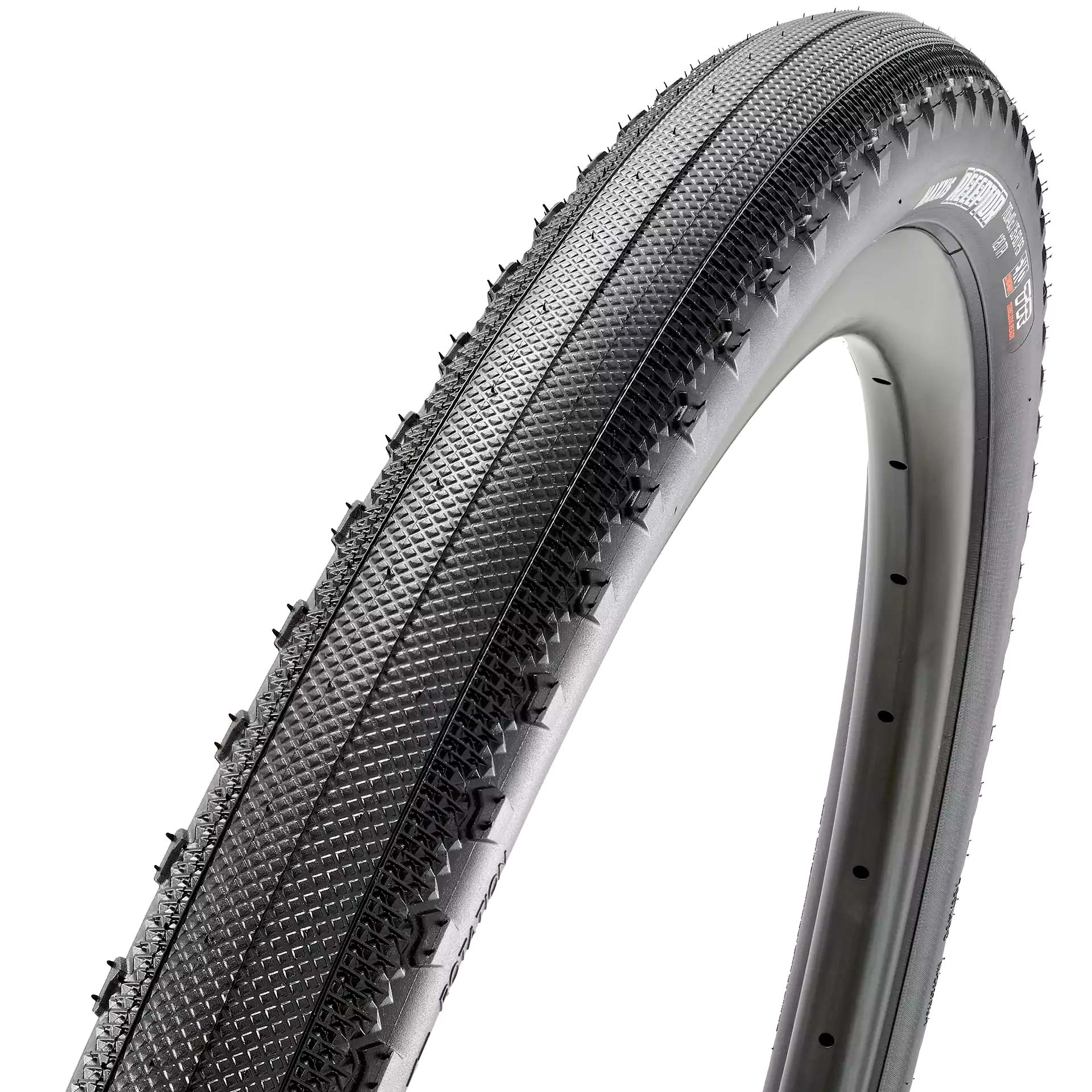
Aerodynamic Features of Gravel Bike Tires: Final Thoughts
The aerodynamic features of gravel bike tires, while subtler than those found in road cycling gear, can significantly impact your riding experience. As you select tires, consider how factors like width, profile, and tread pattern will affect not only your speed and efficiency but also how well the tires will perform across the varied terrain that gravel biking encompasses.
The goal is to find a tire that offers the right balance for your specific riding style and the conditions you most frequently encounter. Through trial and experience, you’ll discover the tires that best meet your needs, helping you to ride faster, longer, and with greater enjoyment.
Schwalbe G-One Allround
This tire is celebrated for its ability to handle a broad spectrum of conditions, from smooth pavement to demanding gravel paths.
The G-One Allround features a microskin tubeless tire technology, which enhances puncture resistance and allows for lower tire pressures, improving ride comfort and traction on rough surfaces. Its well-designed tread pattern, with closely spaced knobs, ensures low rolling resistance on hard surfaces while still providing sufficient grip when the terrain becomes loose or muddy.

Schwalbe offers the G-One Allround in various widths, accommodating riders seeking everything from fast, race-oriented setups to more comfort-focused, adventure-ready configurations. The tire’s balance of speed, grip, and durability, combined with its tubeless compatibility, makes it a strong contender for riders looking for a reliable, high-performance gravel tire capable of tackling a wide range of conditions.
Happy Riding!
John
FAQ
What is the pressure in gravel tires?
Typically, gravel tires are run at lower pressures, ranging from 30 to 60 psi (2.0 to 4.1 bar), depending on rider weight, tire width, and terrain to improve traction and comfort.
Do tires affect aerodynamics?
Yes, tires significantly affect aerodynamics, with width, profile, and tread pattern influencing air resistance and, consequently, speed and efficiency.
What makes a good gravel bike tire?
A good gravel bike tire offers a balance of durability, puncture resistance, grip for varied terrain, low rolling resistance for speed, and comfort, often achieved through a versatile tread pattern and appropriate tire width.
What is the difference between wide and narrow gravel tires?
Wide gravel tires provide better traction, stability, and comfort on rough and loose surfaces due to a larger contact area, while narrow tires offer lower rolling resistance and are faster on smoother, hardpacked surfaces.

